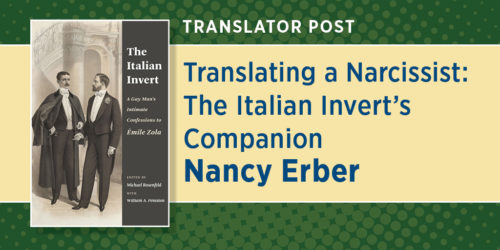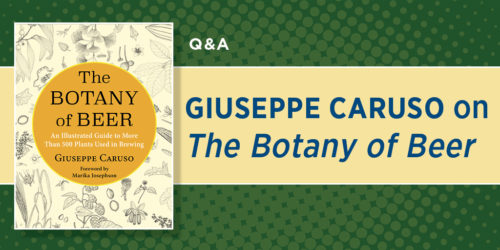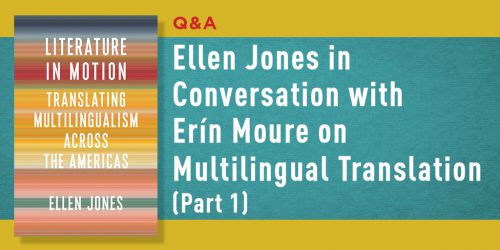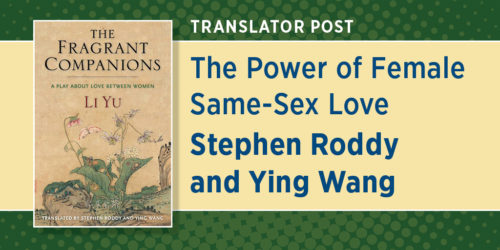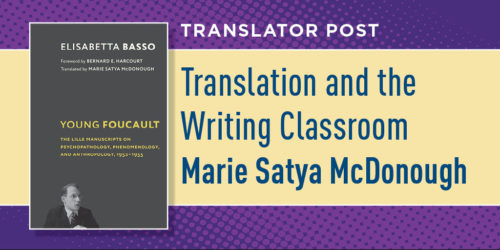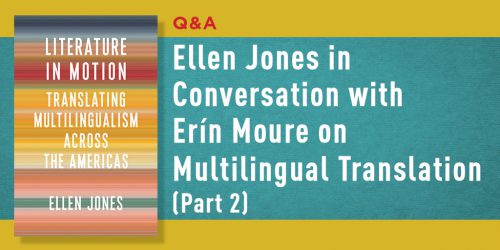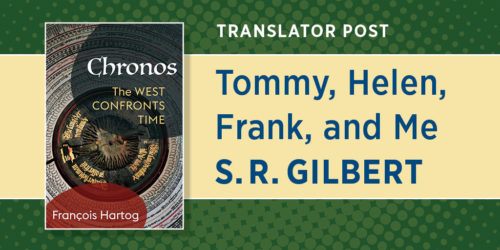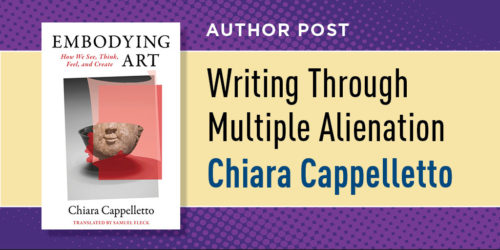“Researching” for Translation
Anders Hansson and Bonnie McDougall

Afew months ago, Bonnie received a request from the research administration at her university to submit information on any recent publications. She duly let them know about our translation of A Catalog of Such Stuff as Dreams are Made On, by the Hong Kong writer Dung Kai-cheung. A few weeks later, another request arrived asking her to detail the research content of the book.
The implication seemed to be that a literary translation does not necessarily or usually involve serious research. Catalog has no continuous plot but is instead composed of ninety-nine short vignettes or sketches, each with its own set of characters, usually a girl or young woman and her circle of friends and acquaintances. The stories typically focus on a popular consumer product, a cultural phenomenon, or some other short-lived fad in Hong Kong from the years 1998 and 1999, when the book was written. It was first published locally in a somewhat idiosyncratic format and eventually republished in more conventional form in Taipei in 2011.
The implication seemed to be that a literary translation does not necessarily or usually involve serious research.
Anders and Bonnie have lived and worked in Hong Kong for several years and have made frequent and long visits there from time to time since the 1970s while living elsewhere. Although we hadn’t spent any time in Hong Kong in 1998 or 1999, we moved there in 2006 and gradually began to have a fairly good idea of Hong Kong society and culture at that time. Bonnie introduced stories from Dung Kai-cheung’s earlier work Atlas to a mixed class of students at the Chinese University of Hong Kong, some from mainland China as well as some local students. A few pieces in our English translation also began to appear in local and overseas magazines, and eventually we decided to translate the whole book, jointly with the author, to be published by Columbia University Press in 2012.
Back in Sydney, Bonnie began teaching the sketches from the 2011 edition of Catalog to students taking courses in Chinese translation in her university’s MA program. Although these students were fluent in Chinese, few were from Hong Kong, and most found the stories difficult to understand. Once some of the oddities were grasped, these texts found a lively reception with the students. As Bonnie continued to read them for her own pleasure, she became convinced that they would appeal strongly to English-language readers but would need background information culled from research on life in Hong Kong in the late twentieth century. Bonnie recruited Anders to help with her drafts, and he also started work on some stories from scratch, beginning with one set in Macao, where he was living and working at the time.
Once some of the oddities were grasped, these texts found a lively reception with the students.
It became increasingly clear as we tackled the full set that Dung Kai-cheung’s interests and experiences naturally did not always coincide with ours, and we frequently found it necessary to do some “research” on things that we knew little or even nothing about. While we were familiar with most Western products and fashions that circulated in Hong Kong at that time, as well as Japanese electronic goods and rice cookers, we knew next to nothing about such things as Japanese soap operas and pop music, and we’d never taken pictures of ourselves in photo-sticker booths. Some aspects of Hong Kong culture that we did know something about are largely overlooked in the book, such as popular Hong Kong comedy and crime films and Cantopop (Faye Wong and Miriam Yeung are mentioned only in passing). We often searched English, Chinese, and Japanese versions of Wikipedia, as well as various websites for consumer goods, and our son was just the right age to offer advice on computer games of the late nineties.
The fruits of these efforts are presented in short introductory paragraphs before most stories. Bonnie thinks they qualify as research. She wonders if she should also submit this piece as “research.” Maybe not.
Bonnie S. McDougall is honorary professor of Chinese at the University of Sydney and has translated works by writers including Bei Dao and Ah Cheng. Anders Hansson is the author of Chinese Outcasts: Discrimination and Emancipation in Late Imperial China (1996). They are cotranslators of A Catalog of Such Stuff as Dreams Are Made On.

